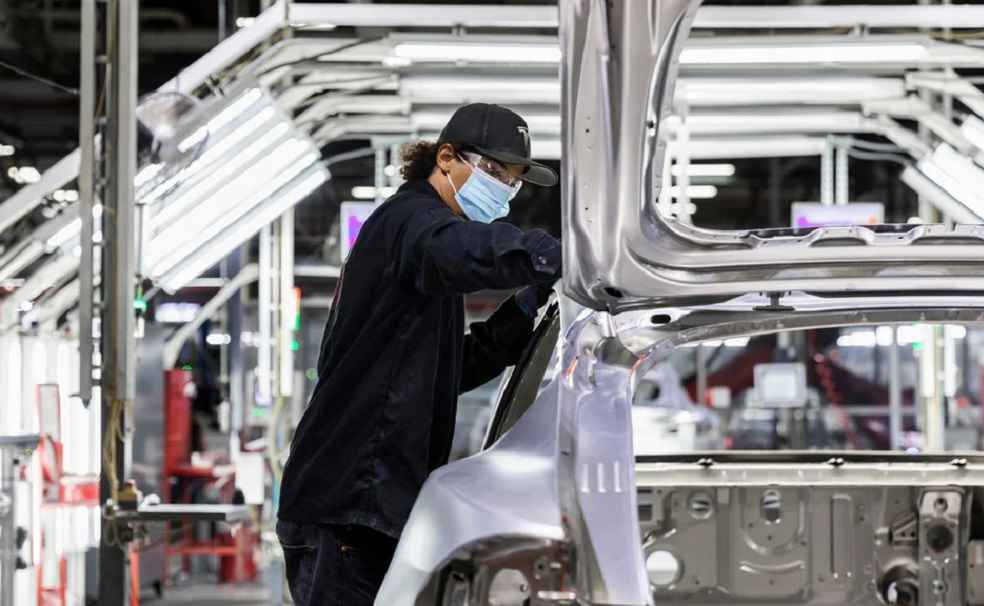2024 is poised to herald the return of the buyers in the auto market. After enduring a period of limited inventory and high prices due to the pandemic, consumers can now look forward to a more favorable car buying landscape. With an abundance of inventory choices, slightly lower prices, and an increase in automaker incentives, many are celebrating the return to a semblance of market normalcy.
This transition signals a much-awaited normalization of market conditions, yet industry projections temper expectations, anticipating around 16 million new vehicle transactions, reflecting a shortfall from pre-pandemic figures.

Persistent Economic and Financing Hurdles
Despite the alignment of supply with demand, certain barriers deter potential purchasers. Elevated interest rates, approximately 7%, alongside stringent auto lending protocols, place new vehicles beyond the reach of numerous consumers. Diminished overall economic expansion further impacts vehicle purchases negatively.
Conversely, the decline in used vehicle valuations presents an opportunity. The Manheim Used Vehicle Value Index indicates a 7% decrease year-over-year by the end of 2023, with current prices nearly 21% below the peak observed in December 2021. This trend creates avenues for individuals excluded from the new vehicle segment, hinting at a shift towards more economically viable alternatives.

Expansion of the Electric Vehicle (EV) Sector
Notwithstanding a deceleration in EV transactions nationwide, the domain experiences growth with an enhanced array of options for consumers. The year 2024 will witness the introduction of 25 novel EV models, including inaugural entries into the U.S. market by Acura, Jeep, and Land Rover. Sales projections adjust from an initial 17.5 million to 16.7 million units, yet this adjustment still embodies a 20% uptick from the previous year’s forecasts, highlighting a sustained interest in electric mobility.
Tesla maintains its dominance within the EV market, yet the introduction of competing models signals a dynamic phase for the industry. General Motors’ initiative to offer $7,500 in incentives for select models ineligible for federal tax benefits could inspire similar strategies among competitors, enhancing the attractiveness of EVs.

Dealership Strategy Overhaul
The emergence of a buyer-centric market necessitates a strategic overhaul for dealerships. The era demands an intensified focus on sales proficiency, process and pricing transparency, and customer experience enhancement. Dealers must streamline transaction processes, utilizing digital platforms to minimize time spent within dealership premises, thereby elevating client satisfaction.
Furthermore, as anticipation for EV sales intensifies, dealerships must prepare to meet the distinct demands of EV purchasers. From exhaustive training on the advantages of EVs and tax incentives to a deep understanding of local charging infrastructure, dealerships need to establish themselves as authoritative sources of information in the burgeoning sector of electric mobility.

2024 heralds a transformative period for the auto industry, with consumer influence significantly reshaped. The ascendancy of electric vehicles and strategic dealership adjustments will crucially influence the trajectory of car sales. Navigating these shifts, the emphasis on client fulfillment, technological integration, and commitment to environmental stewardship will prove indispensable in driving transactions and cultivating enduring loyalty.
GENERAL | Tata Motors Amps Up Eco Drive, Joins LeadIT for Net-Zero Mission





